We use cookies to ensure that we give the best experience on our website. Click here for more information
Materials

Nature is our main inspiration
BONZ was born from the idea of being the Best in New Zealand. The product was to be something that was created here in New Zealand with skill and passion, something that would turn heads and would be cherished by its owner for years to come. Bonnie set to work with a small, selected group of knitters and soon discovered the product was well received.
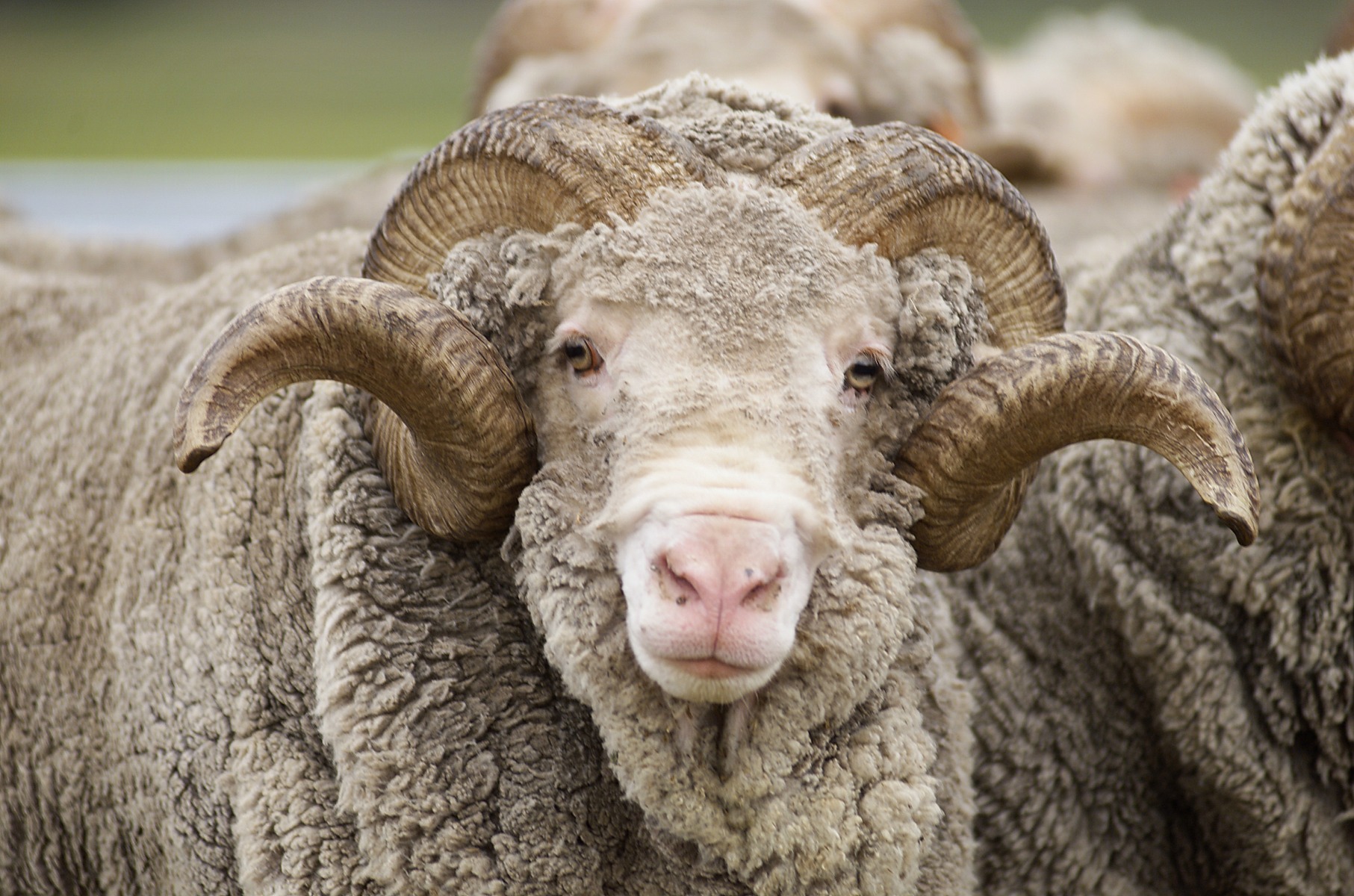
Merino
Merino wool comes from the Merino breed of sheep. Merinos are considered to have some of the finest and softest wool of any sheep. While they not native to New Zealand, we have become a global leader in its farming and its cultivation for wool and leather products. A recent survey found that over 40% of the global Merino supply comes from New Zealand – a considerable number considering our size and population. The Merino fleece holds one of the finest wools in the world, bested only by Cashmere and Alpaca. It does, however, maintain some different properties that make it preferred for some situations than any other. While merino garments are not entirely ‘Waterproof’, they can repel water and stop it from soaking into the garment. The Lanolin also assists in preventing the absorption of a foreign substance into the individual fibre strands – a protective barrier - which most notably precludes the development of odours’ associated with sweat.
Alpaca
The Alpaca has been farmed throughout South America for thousands of years. The origins of their farming are in Peru, and the Peruvians are still the largest exporter of Alpaca fleece globally. New Zealand, with advancements in technology, is beginning to be a global player in Alpaca Fleece production. Our climate and history of farming make us ideally suited to adopt the manufacturing of this emerging material. Alpaca fibre is similar in structure to that of sheep's wool. The fibre softness comes from having a different, smoother scale surface than sheep wool. The difference in the individual fibre scales compared to sheep wool also creates the glossy shine, which is prized and a sought after attribute. Alpaca fibres also have a higher tensile strength than wool fibres. The alpaca has a very fine and light fleece. It does not retain water, is a thermal insulator even when wet, and can resist solar radiation effectively. These characteristics guarantee the animals a permanent and appropriate coat to protect against extreme changes of temperature. When spun into a garment, this fibre offers the same protection to humans.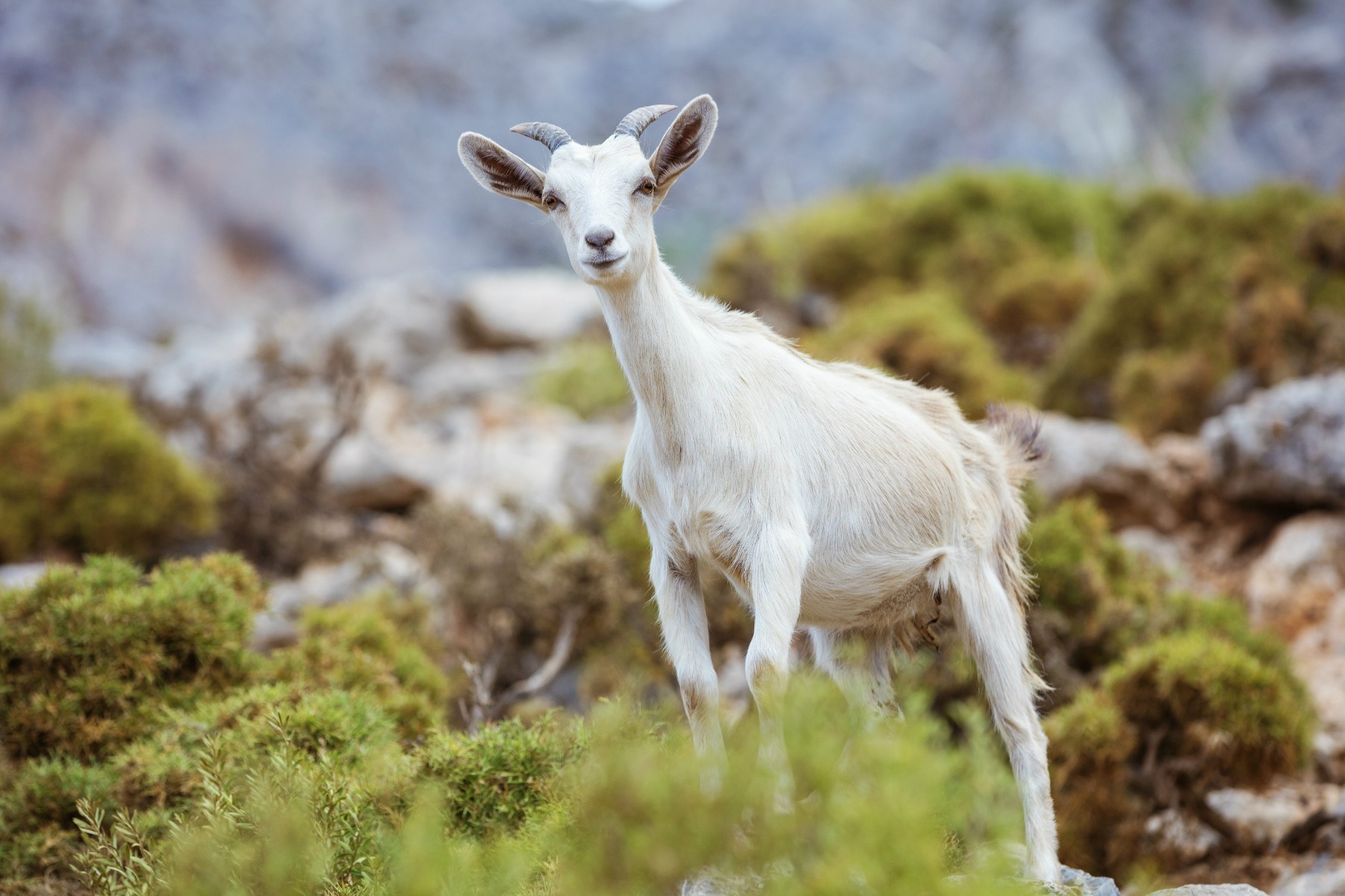
Cashmere
Cashmere is created by processing the hair of Capra Hircus goat that originates on the Tibetan highlands, in the Himalayas and principally in Mongolia. Because the processing of the wool developed in the region of Kashmir, the name of the area has thus become the generic name of the fabric. The fibres used for Cashmere yarn grow only in the roots of the hair, as this is the thinnest and most delicate velvet - measuring around 14-16 micrometres. There are several ways to extract the cashmere wool from the whole fleece. The most common is through Shearing and subsequent manual separation. While this process is complicated, it is the most exact and ensures Cashmere of the highest quality. There are only three naturally occurring primary colours for Cashmere: cream, beige and brown. The cream colour fibres are the rarest, softest and most sought after. Cashmere wool is stronger, lighter, softer, and will provide more insulation than standard sheep’s wool.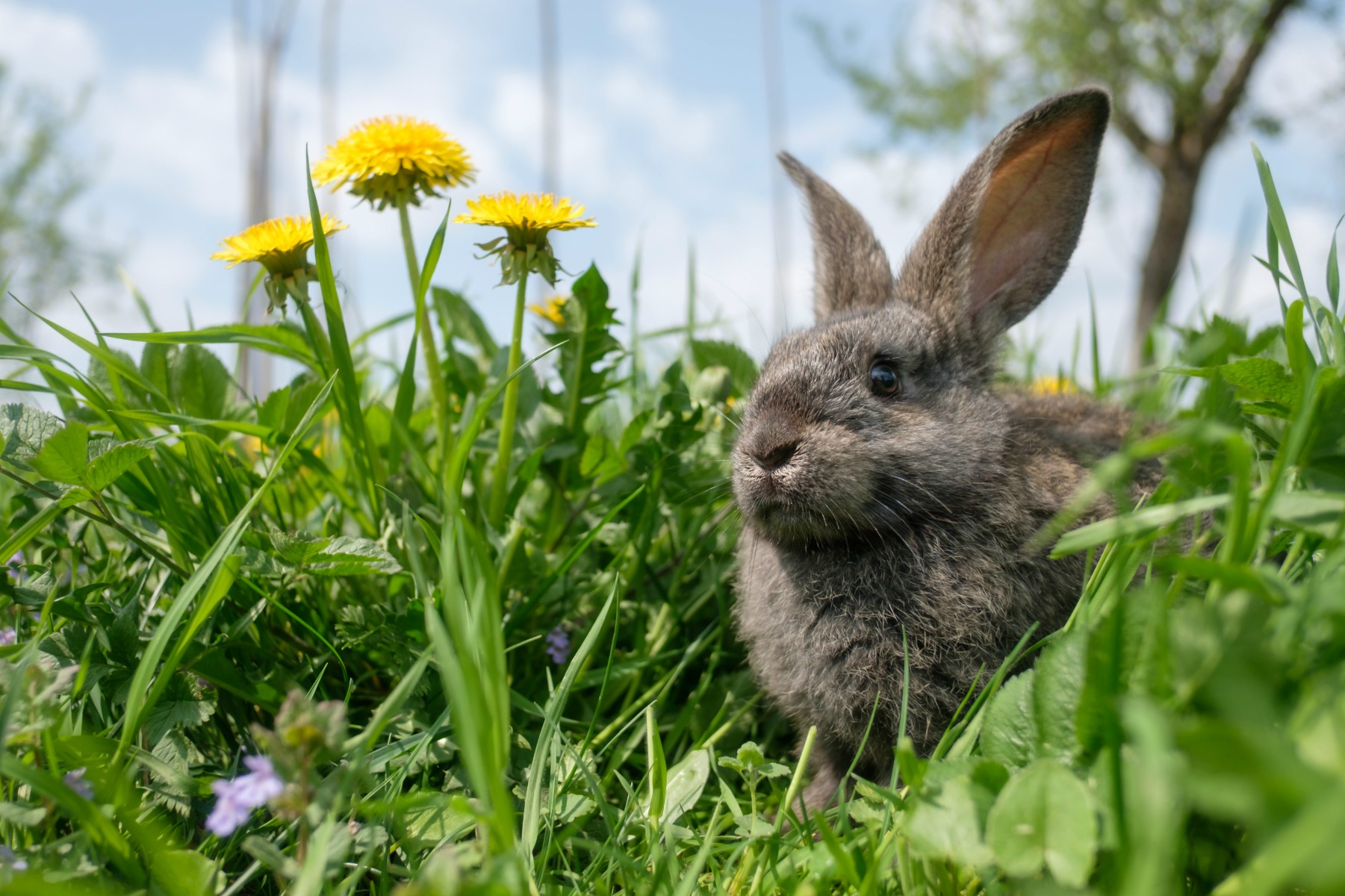
Rabbit Fur
1. Wild Rabbits Fur Wild rabbits were brought to New Zealand and released for both food and sport at various sites as early as the 1830s. After their introduction, wilds rabbits become one of the most serious agricultural and environmental pests in New Zealand. 2. Angora Rabbits Fur The Angora is one of the oldest domesticated breeds of rabbit and is highly treasured for its fibre. The Angora fiber is one of the lightest and warmest natural materials available, with a measurement of 12-16 microns - similar to Cashmere or ultrafine Merino. Angora fibre can be spun without washing or carding and is both odour-free and grease-free. The fiber has anti-static properties and repels dirt naturally.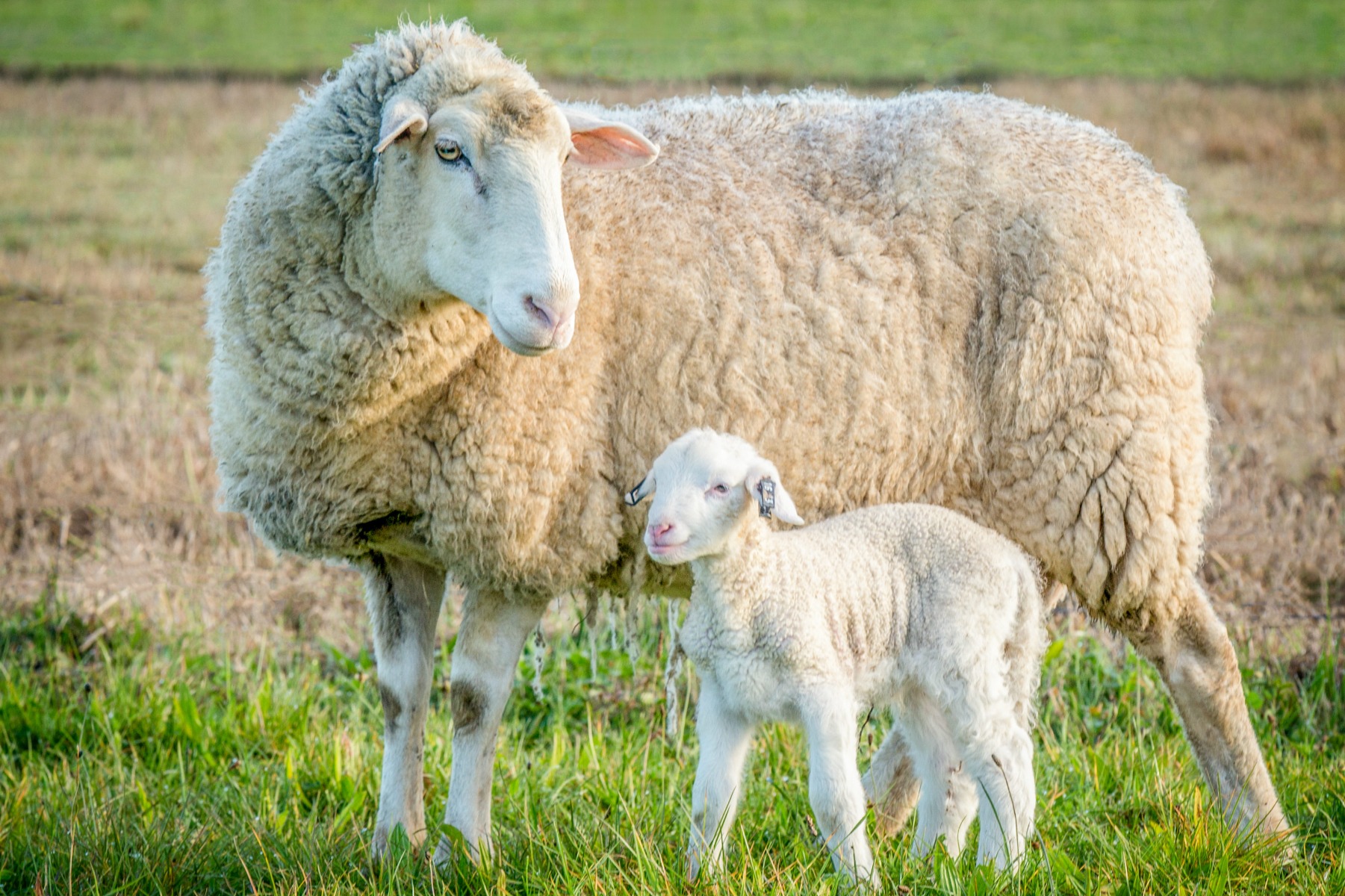
Lambskin
1.Superlight Merino Superlight merino lambskin is produced from lambs that are of 100% pure Merino breed and naturally die within 24hrs of birth. Most BONZ Slinkskin jackets are made from this variety of Slinkskin. 2.Toscana Lambskin Toscana lambskin is priced for its long, soft, fur-like wool. BONZ often utilises the Toscana Lambskin as a collar or sleeve trim because of the elegant look and feel, however, we also have whole garments made from this skin. 3. Broadtail Lambskin Broadtail lambskins have an unusual and luxurious velvet-like swirling pattern which is exposed on the wool side once the natural curls are shorn from the skin. Approximately 10% of all Slinkskins collected in New Zealand are suitable to produce this soft, lightweight double-face leather.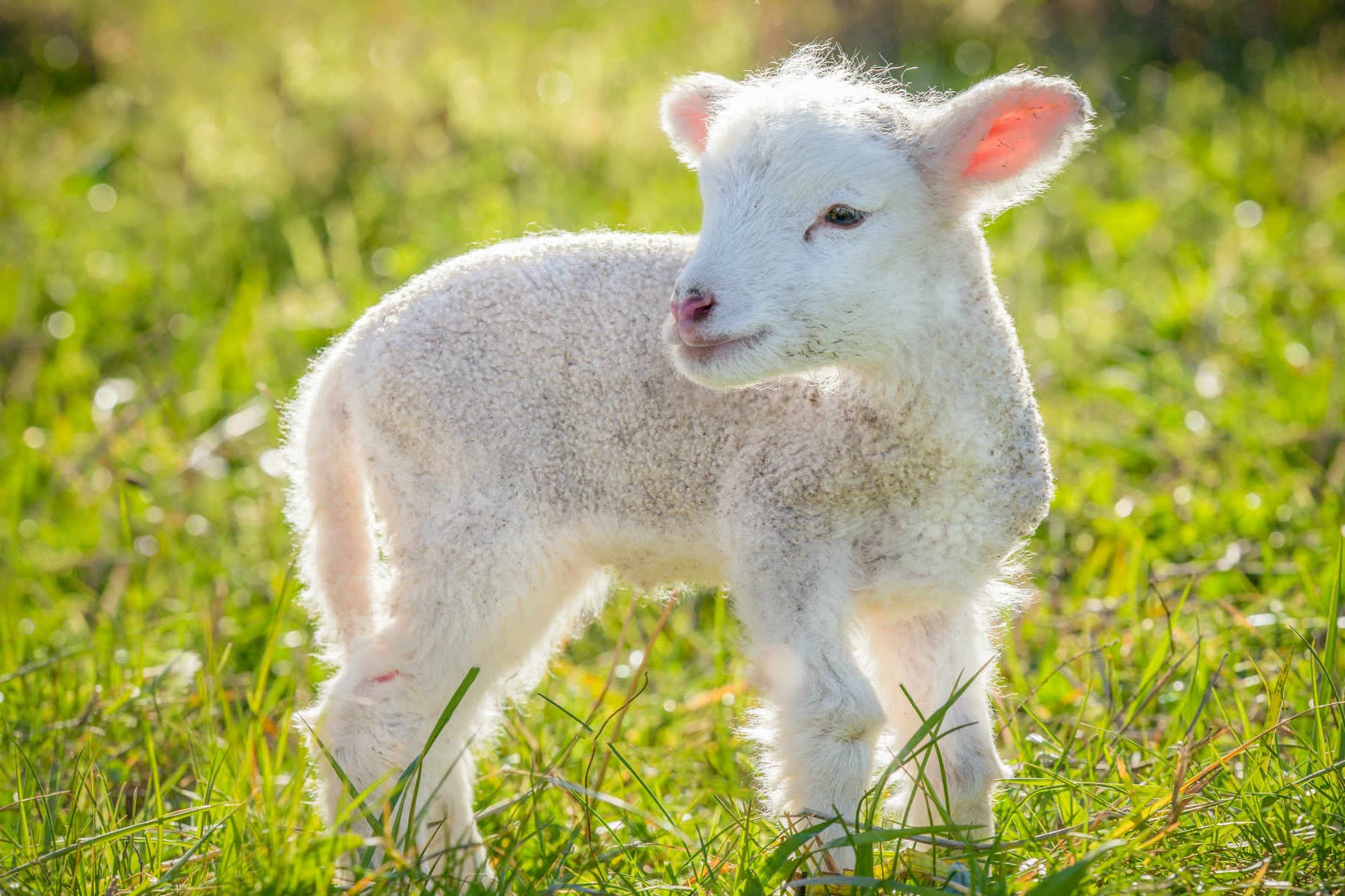
SLINK SKIN(BABY LAMBSKIN)
New Zealand has approximately 30 million sheep. During the early spring a number of the newly born lambs, unfortunately, do not survive birth - between 5-10% are lost due to natural causes. It is these casualties of nature that provide us one of the world’s softest and lightest skins. All Slinkskin we use will have one of the following three finishes. 1. Napa The inside of the skin retains the wool, and the reverse side of the skin has been treated to create a shiny napa (full-grain + smooth) finish. 2. Suede The inside of the skin retains the wool, and the reverse side of the skins has been buffed to create a soft and gentle suede finish. 3. Nubuck The inside of the skin retains the wool, and the reverse side of the skin has been treated to create a soft, velvety, smooth texture.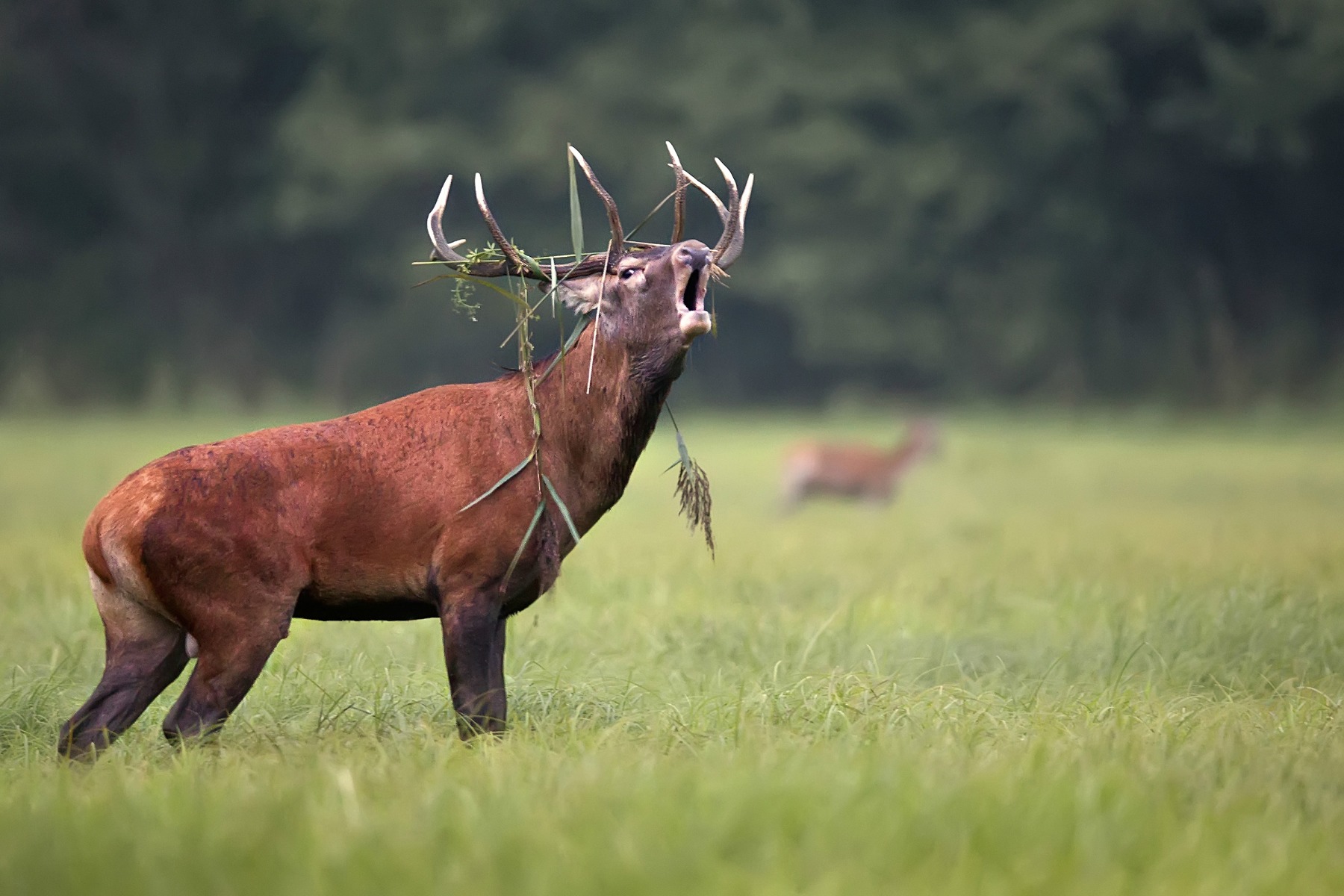
Deerskin
Deerskin Leather is created from the hide of deer. Historically, Deerskin Leather was popularized by Native Americans and the American frontier culture. They generally used it for clothing and moccasins. Today Deerskin Leather is used for a wide variety of items including shoes, coats and luxury handbags. Deerskin is considered to be somewhat of a 'wonder' leather due to its many unique properties. Unlike many other types of leather, deerskin can be wet and then dried, over and over, and will always come back to its original condition. It is also very temperature resistant as it becomes cooler in warm weather and warmer in cold weather. It is comprised of thick fibres that give it abrasion resistant properties and high shear strength. Deerskin Leather isn’t a mass-produced material, and New Zealand is also a global leader in its supply. Due to its rarity, it has a luxury appeal and is used by many globally recognised fashion houses and designers.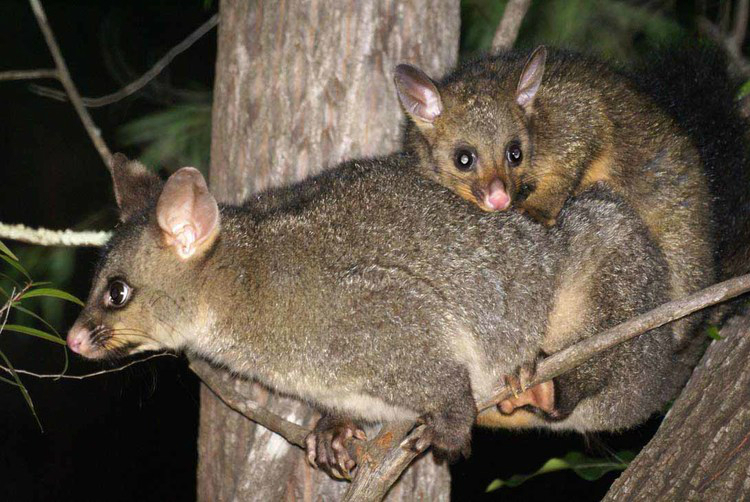
Possum
Possum fur introduced to New Zealand in 1837. With the lush forests and lack of natural predators, possum numbers have flourished. There are an estimated 50 million possums now throughout New Zealand's North and South Island. Possums compete with New Zealand’s natural wildlife and native birds for habitat and food consuming on an average 70 million tons of vegetation every year. The fur on the possum is plush with a dense, cushioned undercoat. The hollow hair structure makes their fur one of the warmest and softest of any animal in the world. Our possum skins are collected through systematic population control colling. Only the premium grade, thick winter skins are used for our products.
Cowhide
Cowhide is the natural, unbleached skin and hair of a cow that is frequently processed into leather. It is a by-product of the global meat and dairy industry. Cowhide is made of two main integrated layers – the corium and the grain. Collagen fibres in the corium are thinner, more flexible and become tighter and thicker as they move up toward the grain, where the fibres are tightly packed and very sturdy. The corium becomes denser with age, which is why calfskins are thinner, smoother and softer than the hides of older animals.Be inspired by Bonz